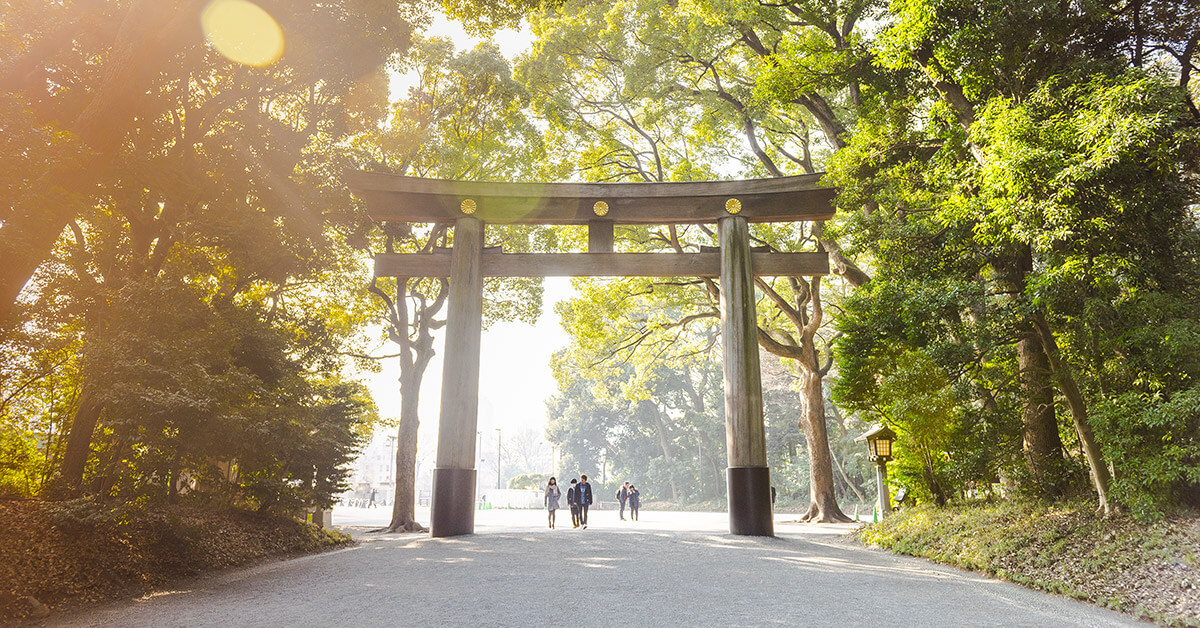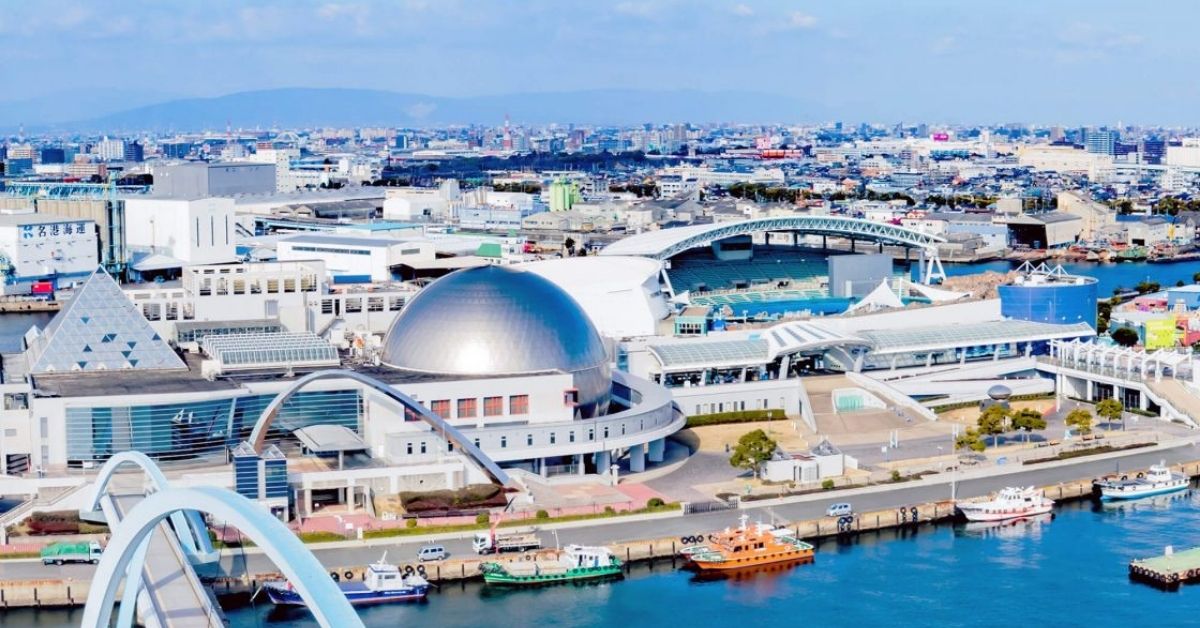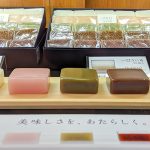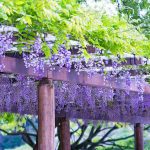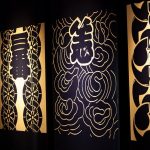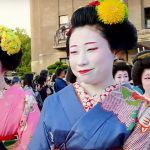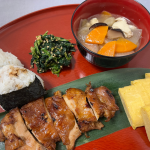Have you spent a couple of days exploring Nagoya? Visited Nagoya Castle, shopped for subculture items at the Osu Shopping District, experienced the bustling nightlife of Sakae, and worn a Kimono while exploring the old Shikemichi and Endoji districts?
If so, it’s time for a change of scenery and to explore more of Aichi Prefecture.
That’s where this post comes in. It is a list of the most amazing day trips from Nagoya within the prefecture.
The places to visit near Nagoya have so much to offer and are incredibly versatile. Cities, towns, and nature are all possibilities. Not to mention immersion in Japanese culture and the delicious local cuisine.
Article Contents
Inuyama
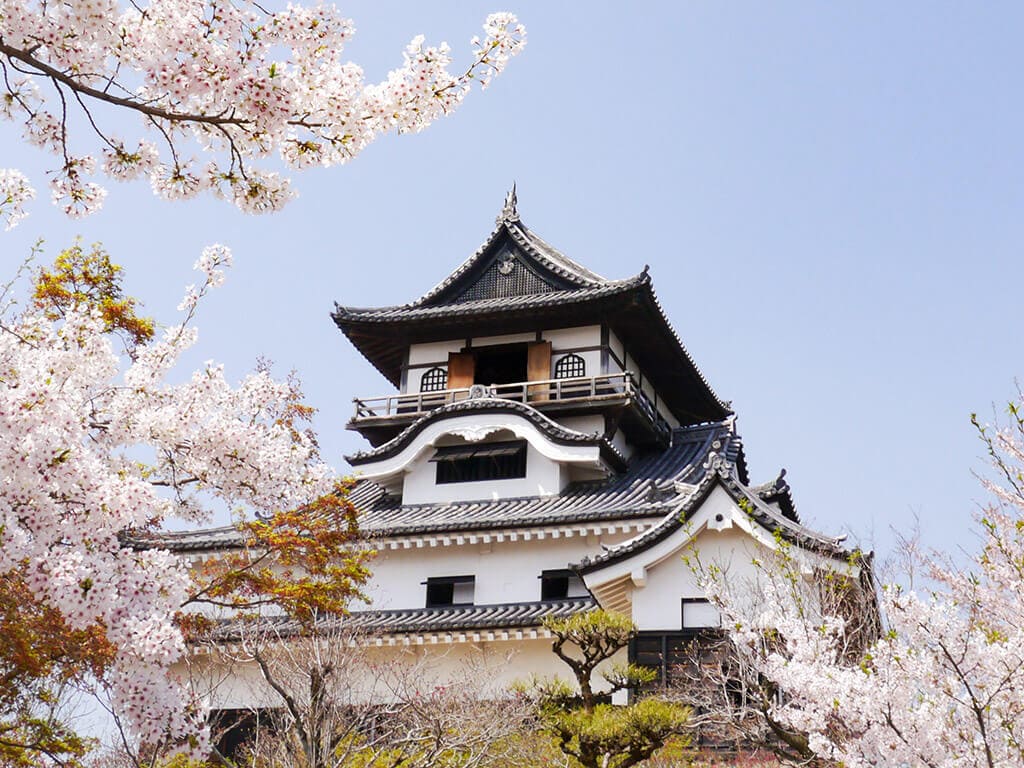
Inuyama is home to one of Japan’s tiniest original castles. There are now only 7 original castles left in Japan and Inuyama might just be the cutest.
Situated on top of a hill overlooking the Kiso River, Inuyama Castle is a great day trip from Nagoya. Because of its convenient location and unique activities, Inuyama is one of the most popular side trips from Nagoya.
The street leading from Inuyama Station to Inuyama Castle is lined with traditional wooden houses. This makes it the perfect place for pictures and to try some delicious -and also cute- street food.
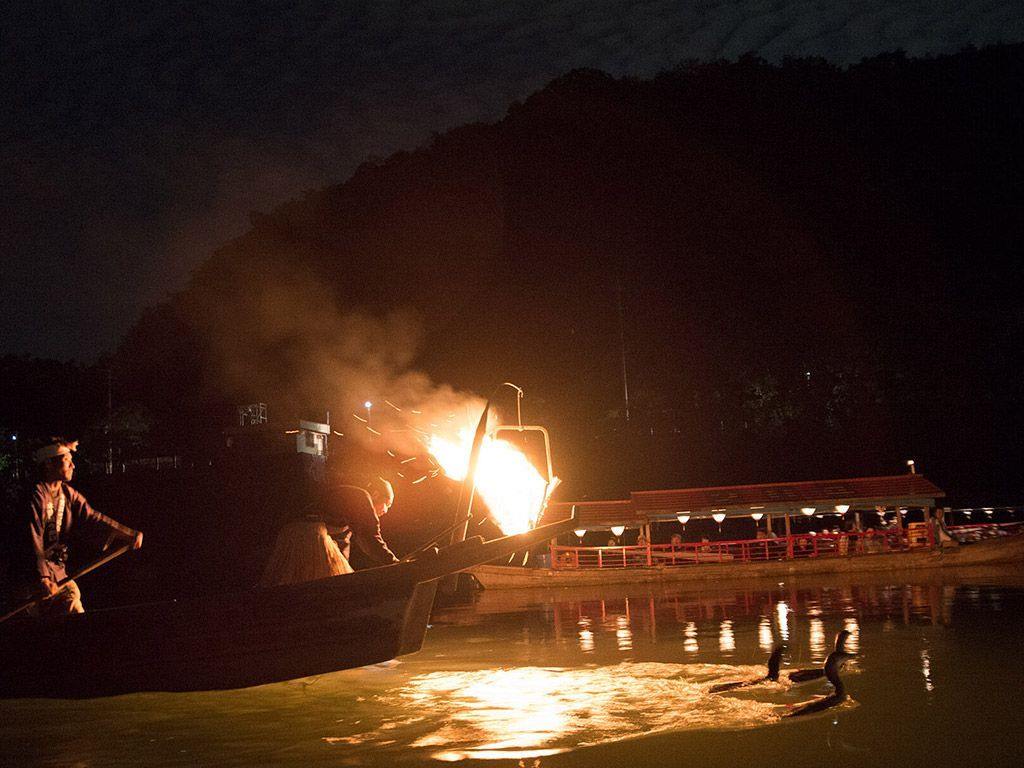
If you visit Inuyama in the summer months, you can witness one of Japan’s fascinating traditions: cormorant fishing -called Ukai in Japanese-, on the Kiso River. This 1300-year-old traditional fishing technique using cormorants to catch Ayu sweetfish is a unique and amazing Japanese tradition to witness. So unique and amazing that we have a full-length post about it, read it here.
Other attractions worth visiting in Inuyama include:
- Meiji Mura, an open-air architectural museum/theme park with a collection of Meiji-era buildings from all over Japan.
- Momotaro Jinja, a shrine dedicated to the Japanese fairy tale Momotaro
- Monkey Park, a children’s amusement park with rides, games, and a water park in summer, as well as a small zoo with different kinds of monkeys
To learn more about Inuyama and plan your itinerary around the city, check out this post. You can also join us on our Samurai Culture Day Tour of Inuyama, book here!
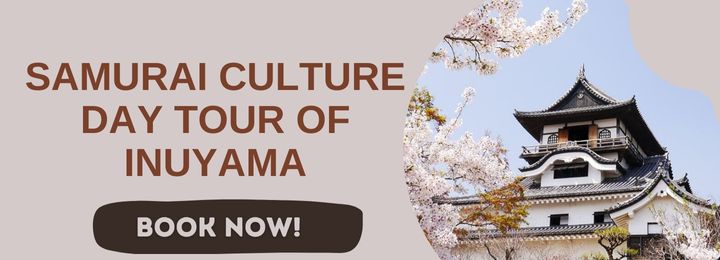
Inuyama (犬山)
Access: take the Meitetsu-Nagoya Line to Inuyama to Inuyama Station. It takes about 30 minutes and costs 550 yen
Website | Google Maps
Nishio
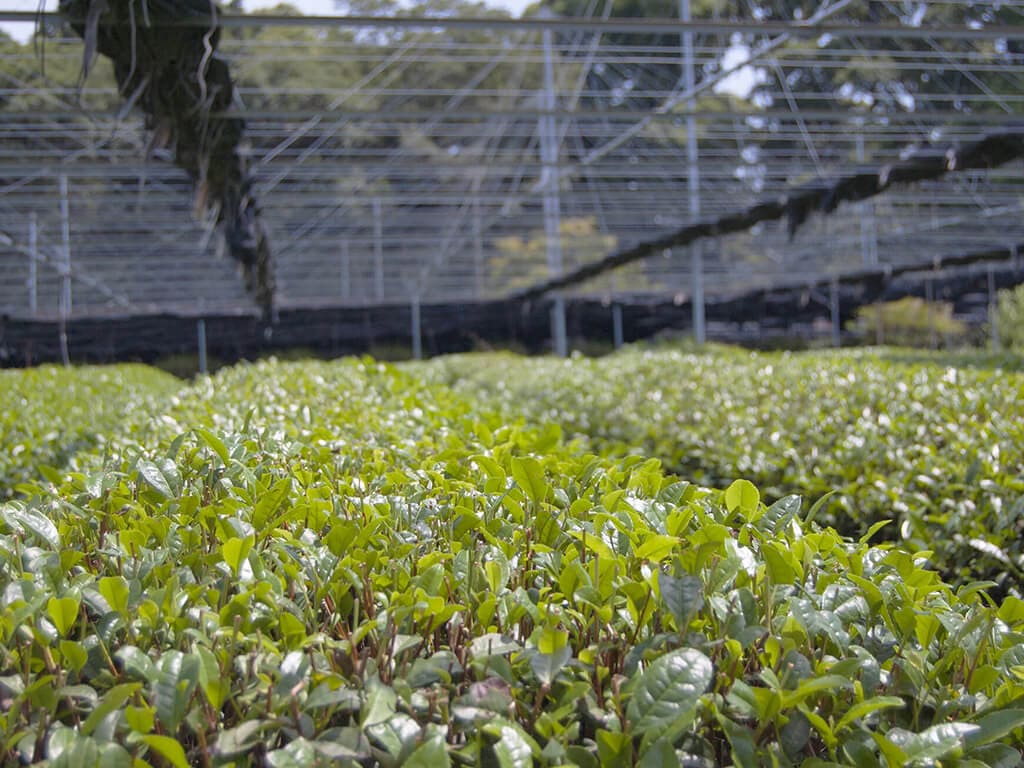
If you love Matcha, Nishio is the place to go in Japan.
The city has one of the highest production amounts in the country. On a day trip to Nishio from Nagoya, you can experience the whole production process, from the plant to the finished Matcha tea.
Pick your own tea leaves, take a factory tour, grind tea leaves into powder, and whisk together your very own Matcha tea, which you can enjoy with a Japanese sweet.
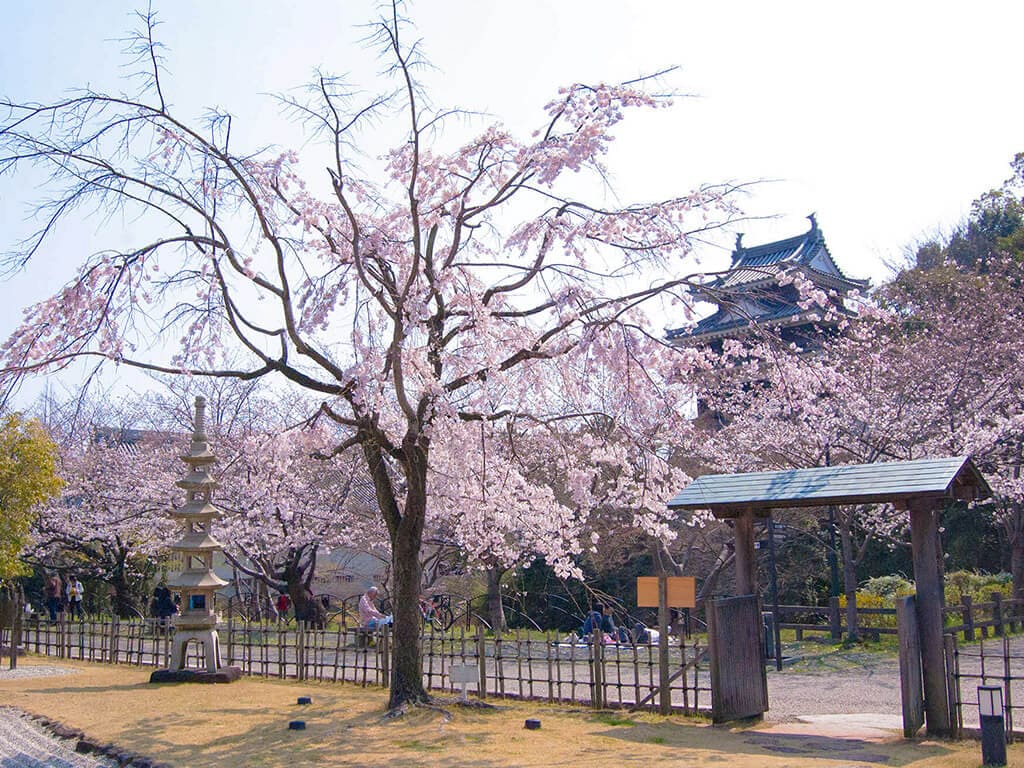
Other attractions worth visiting in Nishio include:
- Nishio Castle and the old castle grounds to connect with the history of Nishio.
- The multiple tea houses and coffee shops that offer amazing Matcha sweets.
- Miso Park, where you can tour the warehouse and make your own Miso balls for Miso soup.
- Aiya Museum, a Matcha Green Tea Museum with a tour explaining the Matcha process and an opportunity to buy some high-quality tea.
We couldn’t condense in a paragraph all the interesting things that Nishio has, so we suggest all Matcha-lovers to read this article.
Nishio (西尾)
Access: take the Meitetsu Line bound for Toyohashi. The limited express trains take around 50 minutes to Nishio Station and cost 810 yen. Trains leave every 30 minutes.
Website | Google Maps
Tokoname
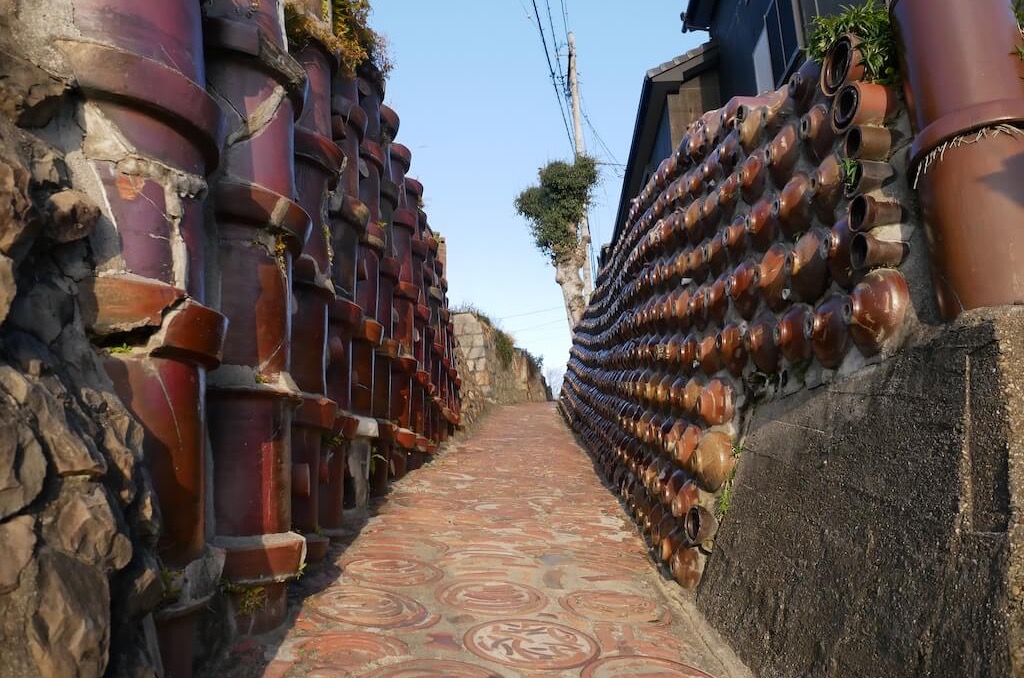
Tokoname is most famous as the home of Central Japan International Airport. However, it used to be a famous pottery town, the largest producer of ceramics in the Edo Period (1608 – 1868), and one of the six big kiln towns in Japan. Nowadays, visitors can learn and admire this history on one of two Pottery Paths, walking trails leading through Tokoname.
While you are in town, don’t forget to try your hand at a bit of pottery during a pottery class. And if you are looking for more great ideas to see and do in Tokoname, read this post.
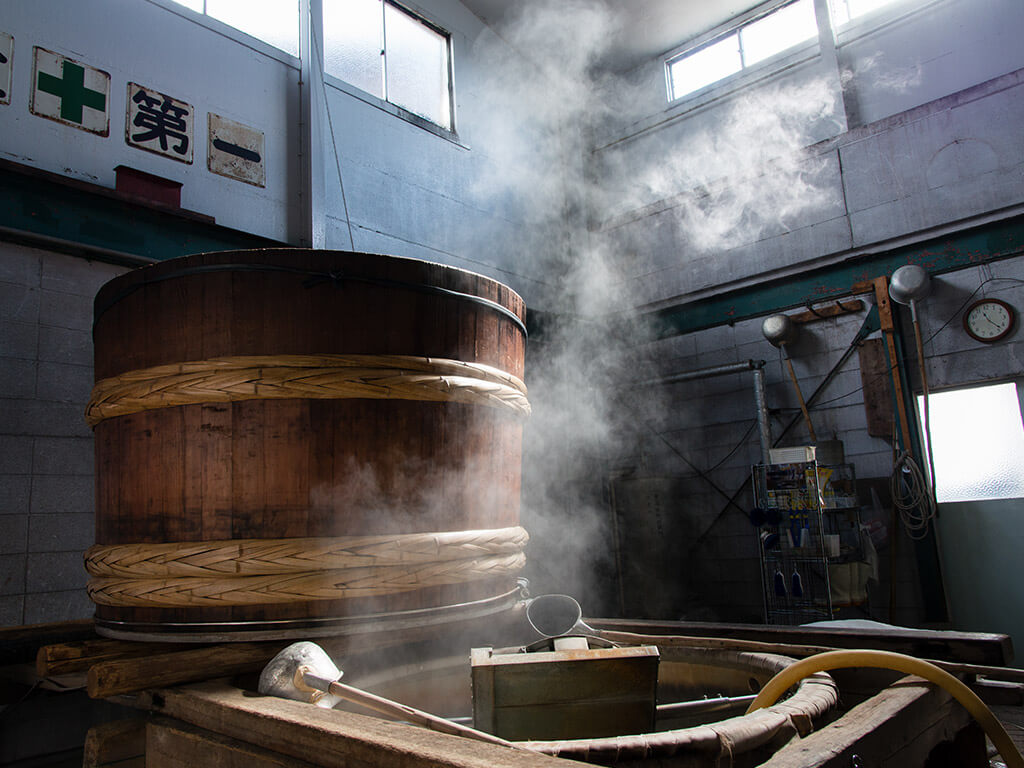
Tokoname is also home to a couple of Sake breweries. If you are interested in learning more about Japanese rice wine you can visit either Sawada Shuzo Brewery or Morita Kosugaya Brewery.
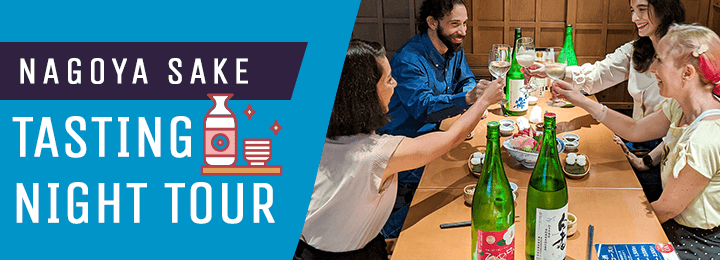
Tokoname (常滑)
Access: From Nagoya Station take the Meitetsu Express bound for Central Japan International Airport. Tokoname Station is 32 minutes away from Nagoya. The one-way trip costs 680 yen.
Website | Google Maps
Okazaki
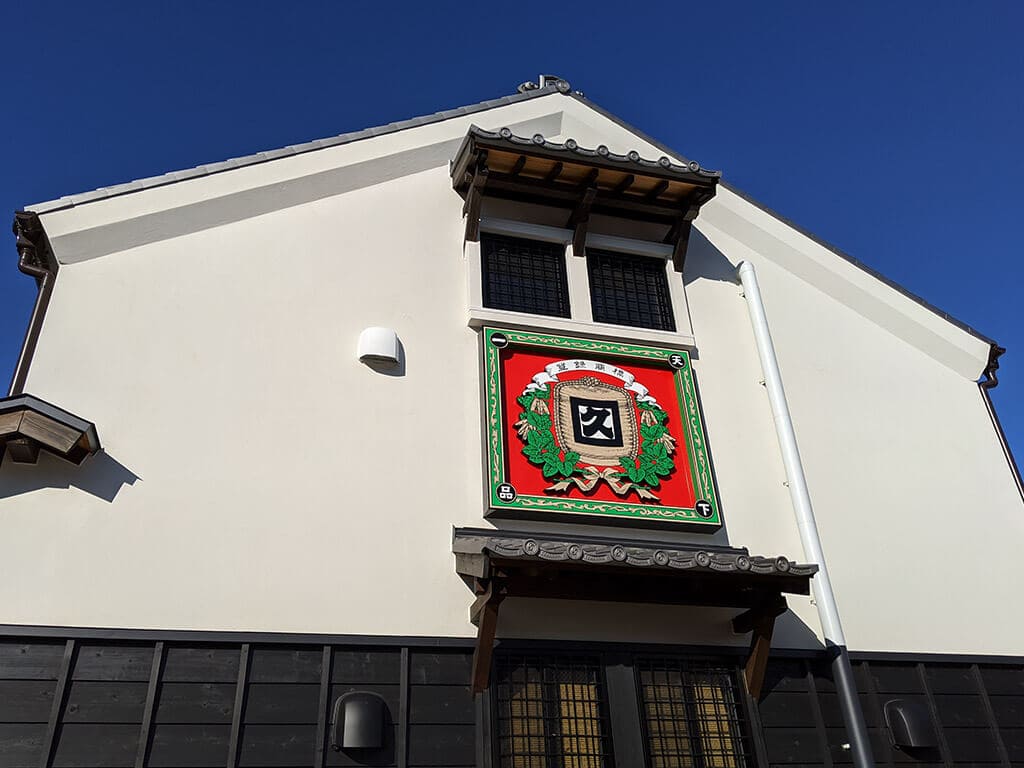
Okazaki is a castle town south of Nagoya, famous as the birthplace of warlord and unifier of the country, Tokugawa Ieyasu, and for Hatcho Miso.
When visiting Okazaki Castle, you will learn about the enduring significance of Tokugawa Ieyasu, the first Shogun of the Tokugawa Period, for the people of Okazaki. There are also museums dedicated to him and his legacy. Curious to learn more? here’s our complete guide about Okazaki.
If you are a foodie you should check out the Hatcho Miso factories. Miso is fermented soybean paste, a central ingredient in Japanese cooking. The Hatcho Miso from Okazaki is a special kind of Miso that’s very popular in the region and used in many dishes such as Miso Nikomi Udon and Miso Katsu. At the Miso factory, you can learn about the production process and sample the special Hatcho Miso.
You can visit all the best spots in Okazaki and learn about their culture and food legacy by joining our Samurai Food and History Tour in Okazaki. Book now here!
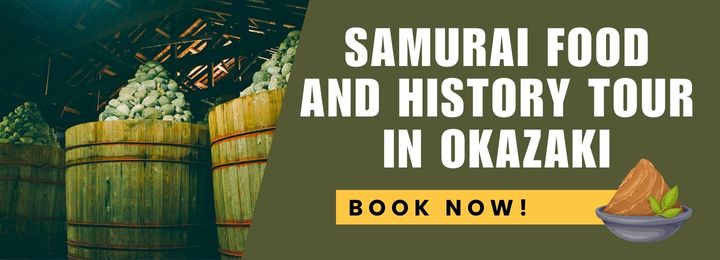
Okazaki (岡崎)
Access: From Nagoya Station, you can take the JR Tokaido Line to Okazaki Station. The one-way trip takes just 30 minutes and costs 620 yen (6 US dollars). If you hold a JR pass this trip will be free, so you can look at your options and easily buy it here.
Website | Google Maps
Gamagori
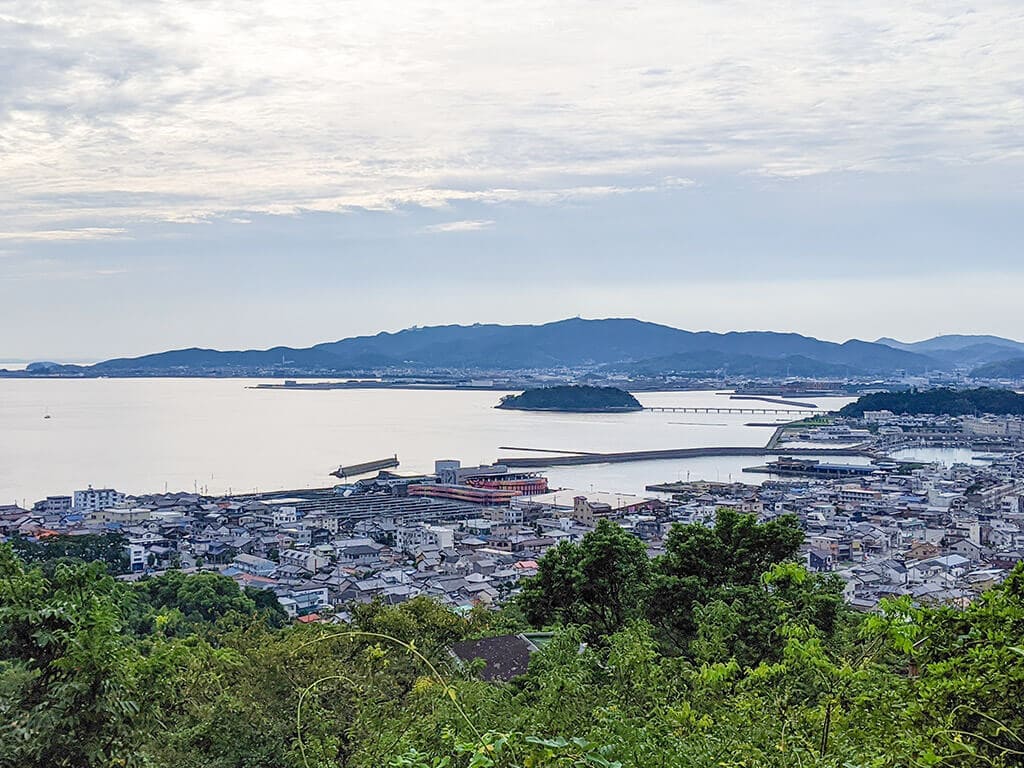
Gamagori is a city in the south of Aichi prefecture right at the ocean. As a foreigner, the only thing you might have heard about Gamagori is ‘Henn na Hotel’. A strange hotel operated (almost) completely by robots. Velociraptor robot reception staff will check you into your room, and a cute little robot assistant will be available throughout your stay. It is a really weird experience. By the way, ‘Henn na Hotel’ literally means ‘Strange Hotel’- what an apt name to choose for this lodging.
Henn na Hotel is actually part of Laguna ten Bosch, an amusement park that looks like a Dutch village. It has a Ferris wheel, and multiple rides but also a big pool area for the summer. If you are looking for an unforgettable New Year’s party you might want to consider heading to Laguna ten Bosch. Their countdown show includes performances of famous boy bands, fireworks, and much more. In the wintertime, it is also the place of an impressive winter illumination.
You can easily buy your tickets for Laguna Ten Bosch here.
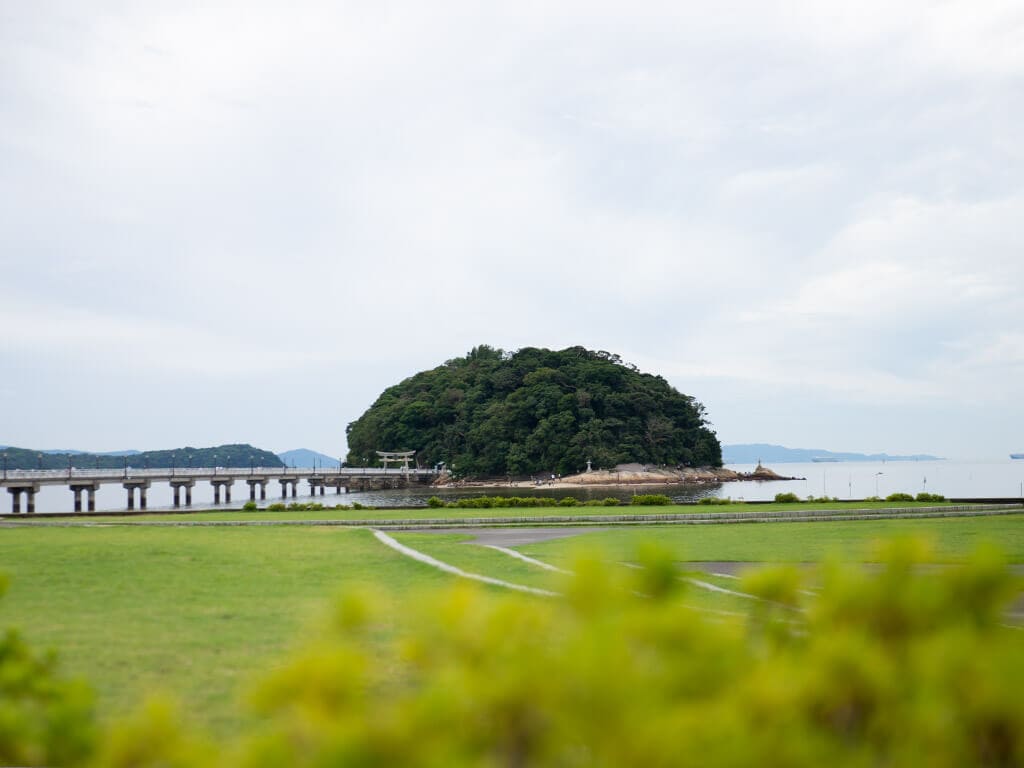
Other attractions in Gamagori include:
- Takeshima, an uninhabited island with a shrine connected with the mainland by a bridge,
- Orange Park, a fruit park where you can pick seasonal fruit such as oranges, melons, strawberries, and grapes.
Gamagori (蒲郡)
Access: From Nagoya, you can take the JR Tokaido Line to Gamagori Station. The one-way trip takes about an hour and costs 990 yen. If you hold a JR pass this trip will be free, so go ahead and secure your pass here.
Website | Google Maps
Handa
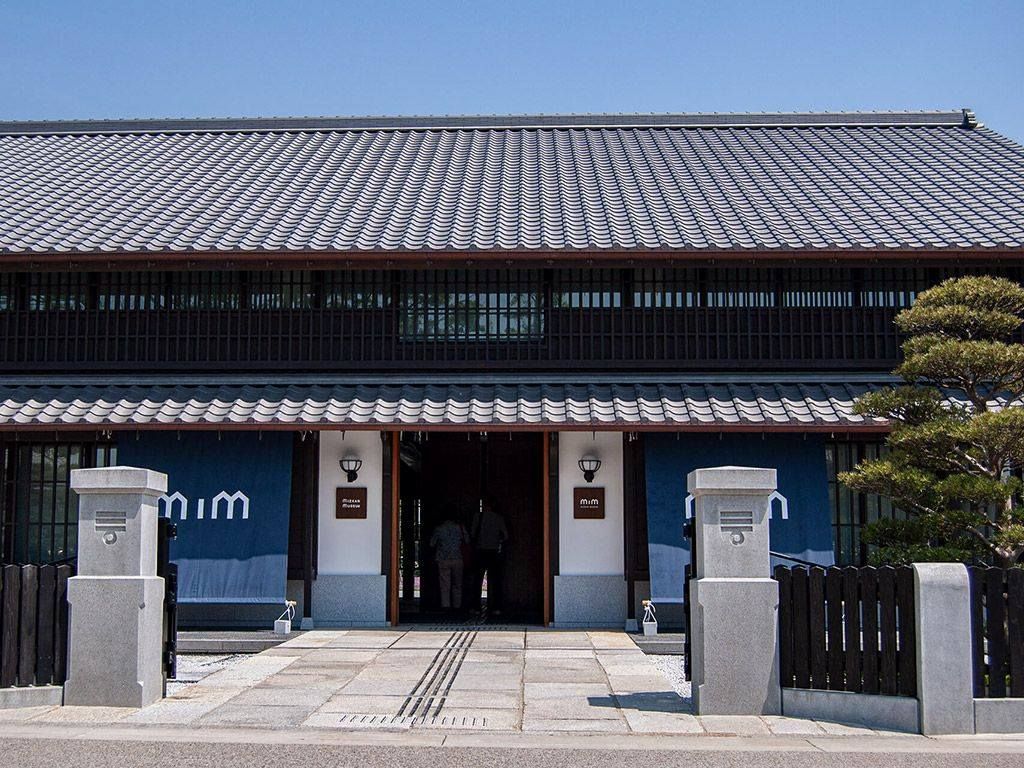
For such a small town there is surprisingly much to do in Handa. Start by visiting the Mizkan Museum to learn about vinegar production throughout history. Continue your exploration by discovering the art of Sake, Japanese rice wine, at Kunizakari Sake Cultural Hall. Finally, end your day at the Red Brick Building, an old beer factory that now houses shops and restaurants.
Handa (半田)
Access: From Nagoya, take the Meitetsu Line bound for Kowa or Utsumi to Chitahanda Station. The one-way trip takes around 30 minutes depending on your train and costs only 680 yen.
Website | Google Maps
Toyota
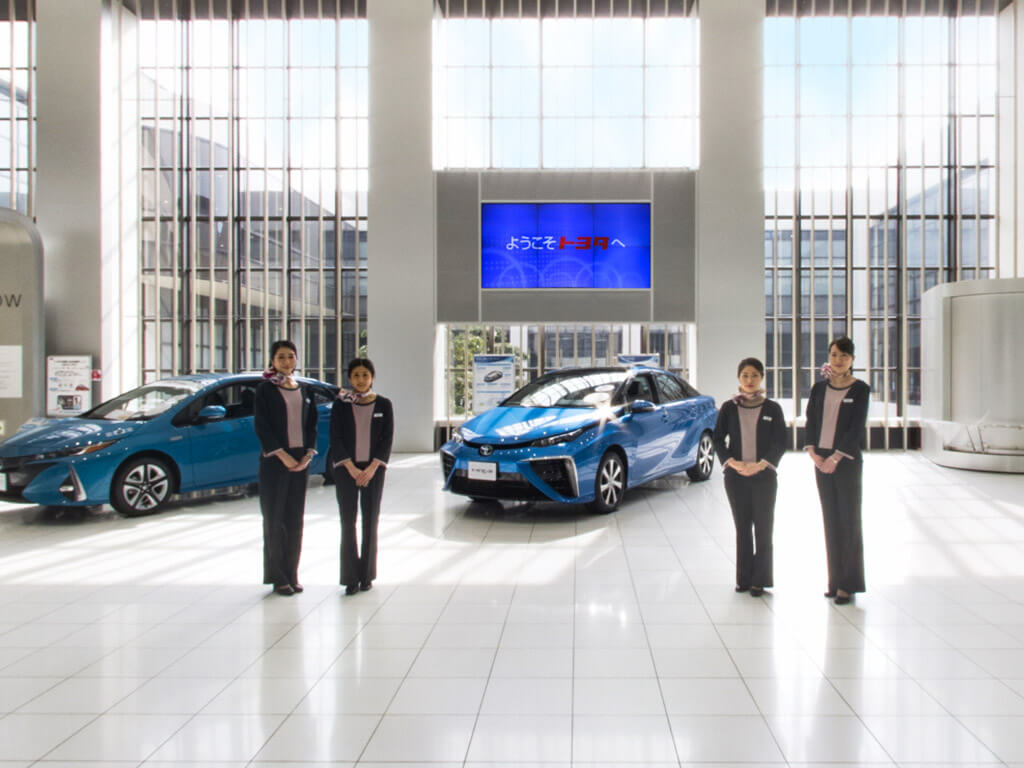
Toyota City is the home of Japan’s biggest car manufacturer and you can learn more about it at the Toyota Kaikan Museum where you can take a factory tour around an actual Toyota plant.
But in Toyota, you can also learn about other local industries such as Sake, Miso, Washi paper, and even mayonnaise.
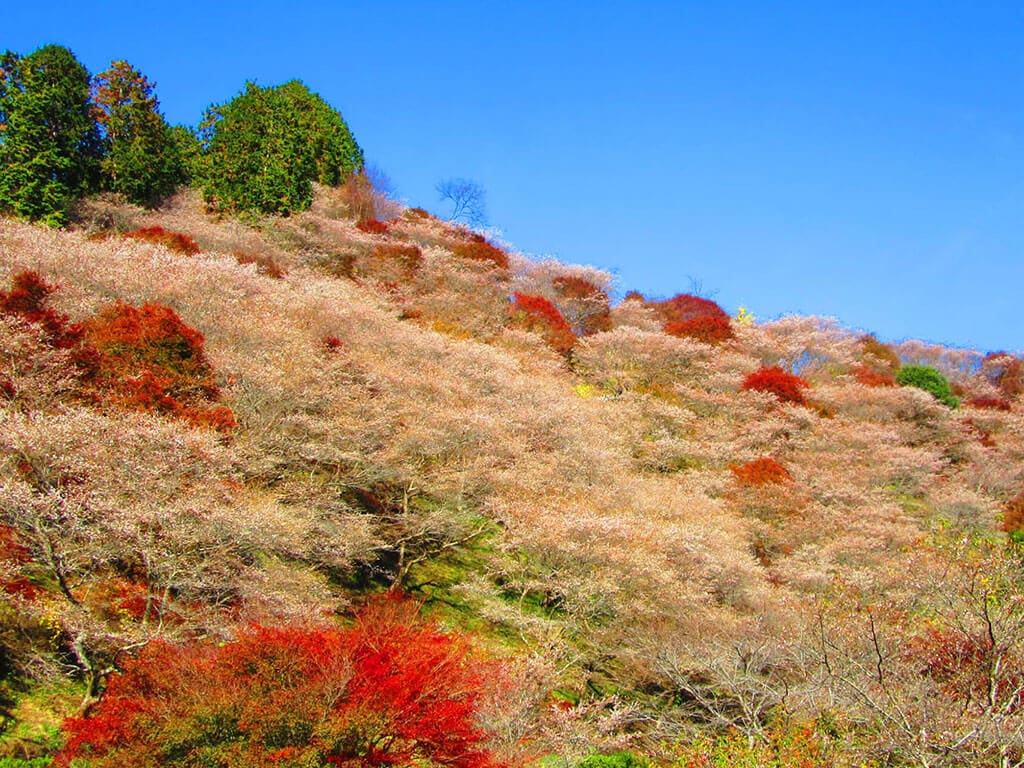
Toyota is also rich in nature. Popular spots include the Korankei Valley and Obara Fureai Park, especially in autumn when the leaves change their colors. But there are also many popular spots to enjoy cherry blossoms around Toyota not only in spring but also during autumn.
There’s a lot more to say about Toyota, so we recommend you read our in-depth article here.
Toyota (豊田)
Access: Toyota is about one hour away from Nagoya either on the Meitetsu Line (810 yen, one transfer at Chiryu) or the Subway (780 yen, one transfer at Gokiso).
Website | Google Maps
Toyokawa
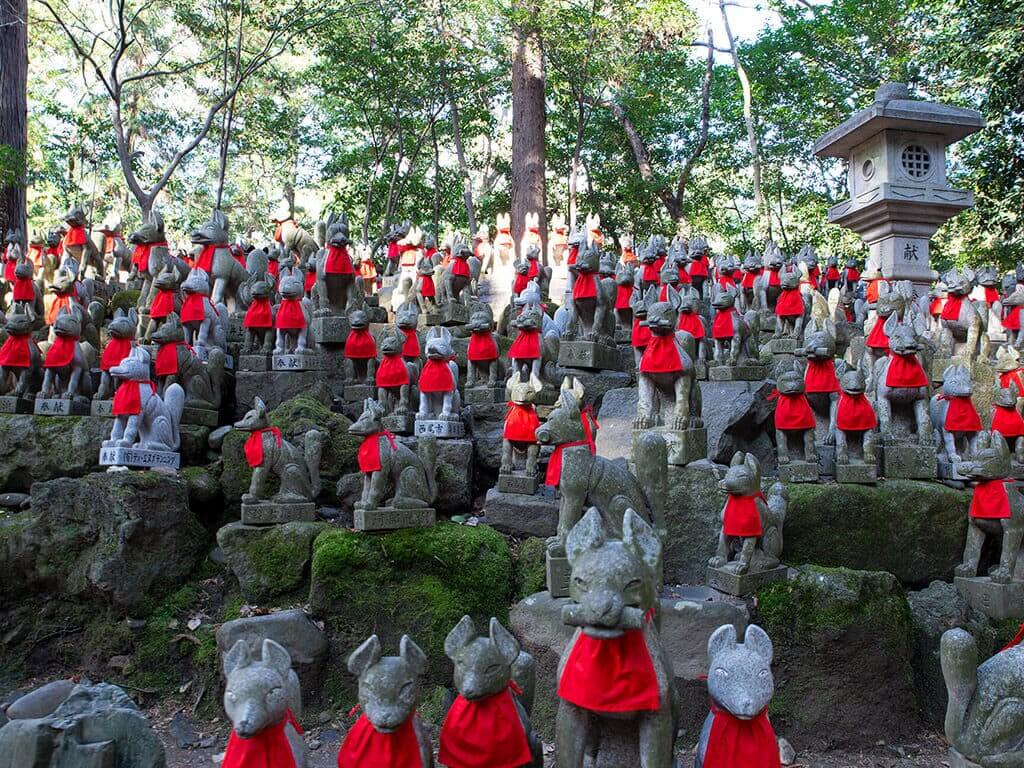
Kyoto has the famous Fushimi Inari Shrine with its many red Torii gates. Similarly, Toyokawa also has a stunning Inari Shrine, which doubles as a Buddhist temple -Toyokawa Inari Temple. Famous for its many fox statues, the grounds themselves are very picturesque. The cute foxes, each displaying a variety of facial expressions, add to the overall charm.
After exploring the temple, walk around the shopping street in front to try some of the local food such as Inari Sushi -rice in a pouch made of deep-fried tofu. Toyokawa is considered one of the birthplaces of this traditional dish.
Toyokawa (豊川)
Access: From Nagoya, take the Meitetsu train bound for Toyokawa Inari Station. The one-way trip takes 1 hour and 10 minutes and costs 1140 yen.
Website | Google Maps
Toyohashi
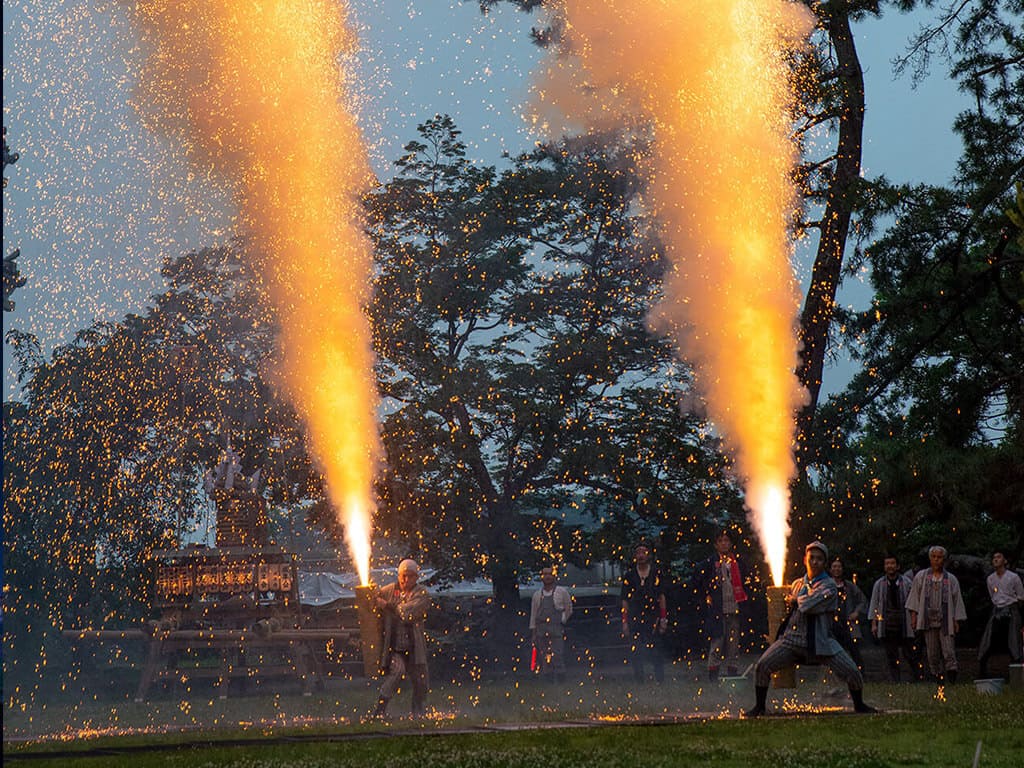
There isn’t just one thing that stands out in Toyohashi, but neighboring Toyokawa complements it well so they are both often done in combination. Toyohashi, known for its calligraphy brushes, was once a castle town and a post town during the Edo Period. You can still see the ruins of Yoshida Castle nowadays.
One highlight of Toyohashi is the Toyohashi Gion Festival, famous for its spectacular Hand-held fireworks (Tezutsu) held in mid-July.
Talking about food in this area, we recommend trying Curry Udon, which is the specialty of the city. Also, Chikuwa, a processed Japanese fish cake made from a fish paste called Surimi, is a rare but delicious local specialty.
While in Toyohashi, make sure to hop on the tram crisscrossing the city for a memorable experience.
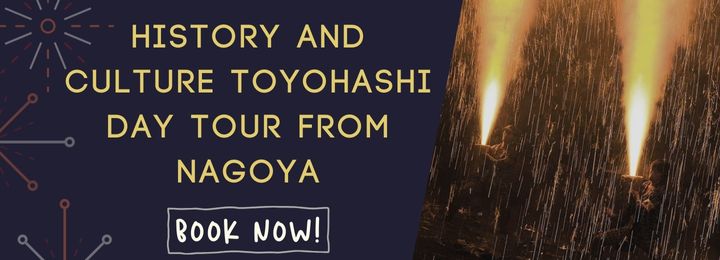
Toyohashi (豊橋)
Access: From Nagoya, take the Meitetsu Line bound for Toyohashi or the JR Tokaido Line bound for Toyohashi. The one-way trip takes around 1 hour and costs either 1140 yen or 1340 yen.
Website | Google Maps
Himakajima
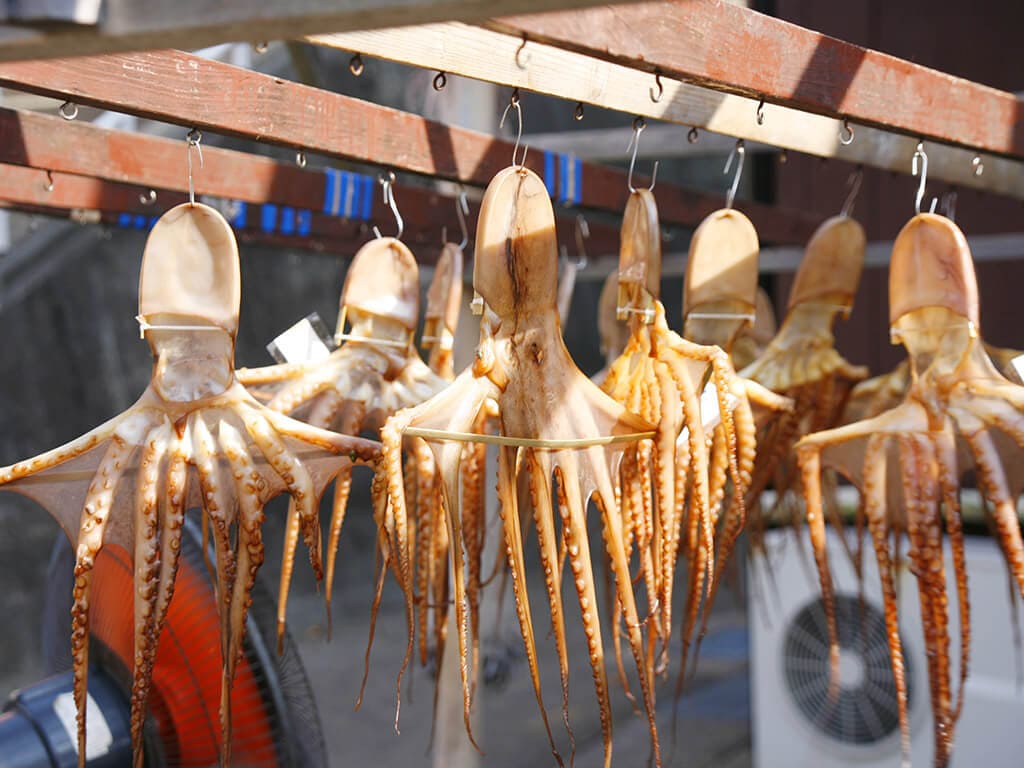
The small island Himakajima is one in a group of 3 islands off the coast of Aichi Prefecture. This tiny island is most famous for having delicious fresh octopus, but also other seafood such as Shirasu and even Fugu.
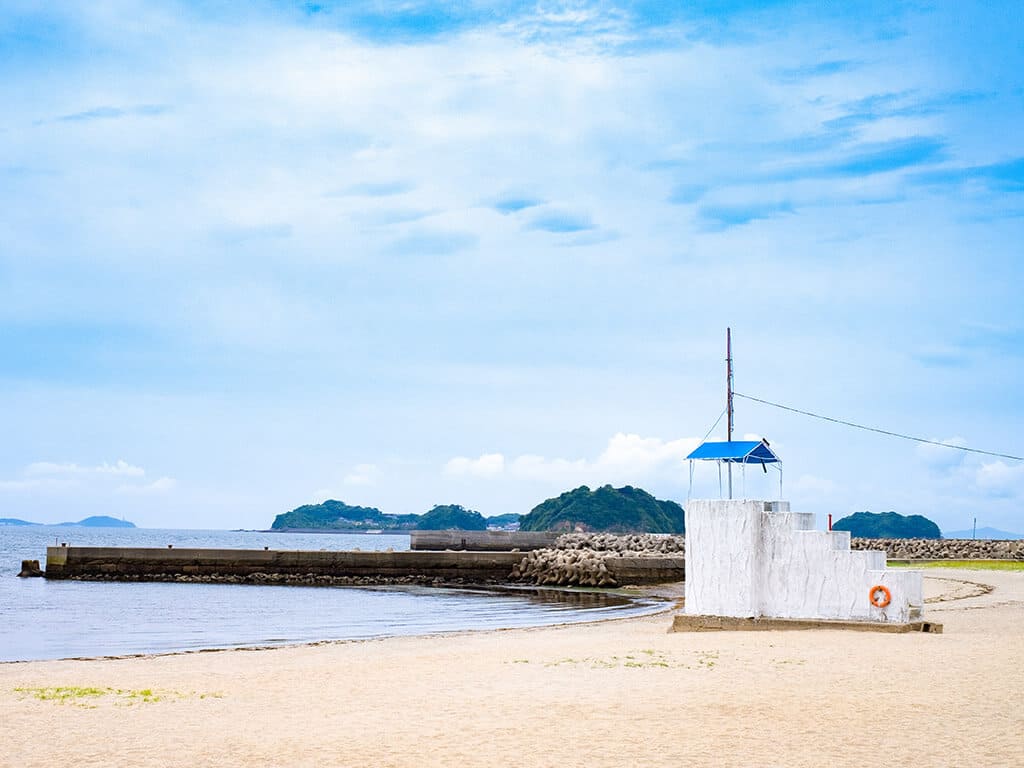
It is a very scenic island that you can cycle or even walk around, with beautiful beaches, countless restaurants, and art throughout.
Don’t miss Heidi’s Swing, the top attraction of the island to take a picture with the sky above and the ocean below making it the perfect backdrop.
Himakajima (日間賀島)
Access: From Nagoya, take the Meitetsu Line bound for Utsumi and transfer to a bus bound for Morozaki Port. From the port take a ferry to Himakajima island. The trip to the port takes around 1 hour and 30 minutes and costs 1300 yen. The ferry takes only 10 minutes to reach Himakajima and costs 1380 yen for a return trip.
Website (Japanese Only) | Google Maps
Tokai
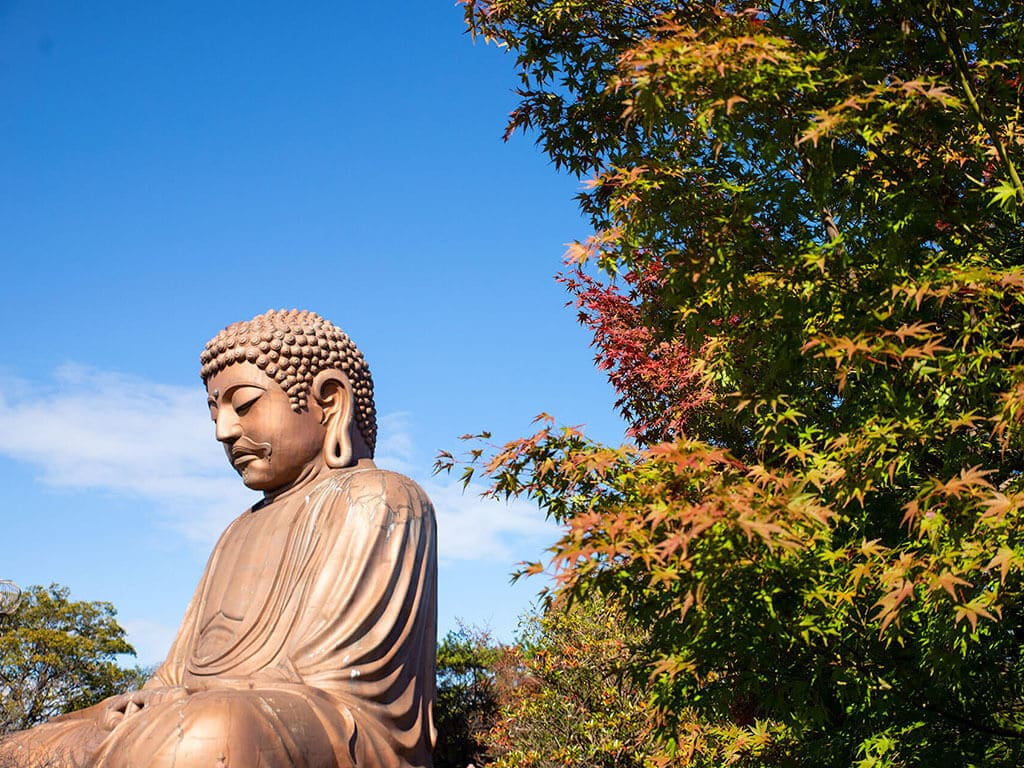
The top reason to visit Tokai is the great Buddha of Shurakuen. The bronze statue is impressive and located within a spacious park that offers other fun activities as well. The park is especially popular during autumn when the leaves change their color. Don’t forget to make a stop at the Oumeian tearoom to have a set of Matcha and Wagashi and enjoy the relaxed atmosphere of the Japanese tea house and garden.
Tokai is famous for its steel industry and you can learn more about it at the Aichi Steel Forging Industry Museum.
If you are into orchids, that’s another good reason to visit. Especially during the Flower Show held every year in January when the orchid farmers put their most beautiful creations on display.
Tokai (東海)
Access: From Nagoya, take the Meitetsu Line bound for Kowa or Central Japan International Airport. The trip takes around 15 minutes and costs 400 yen.
Website | Google Maps
Seto
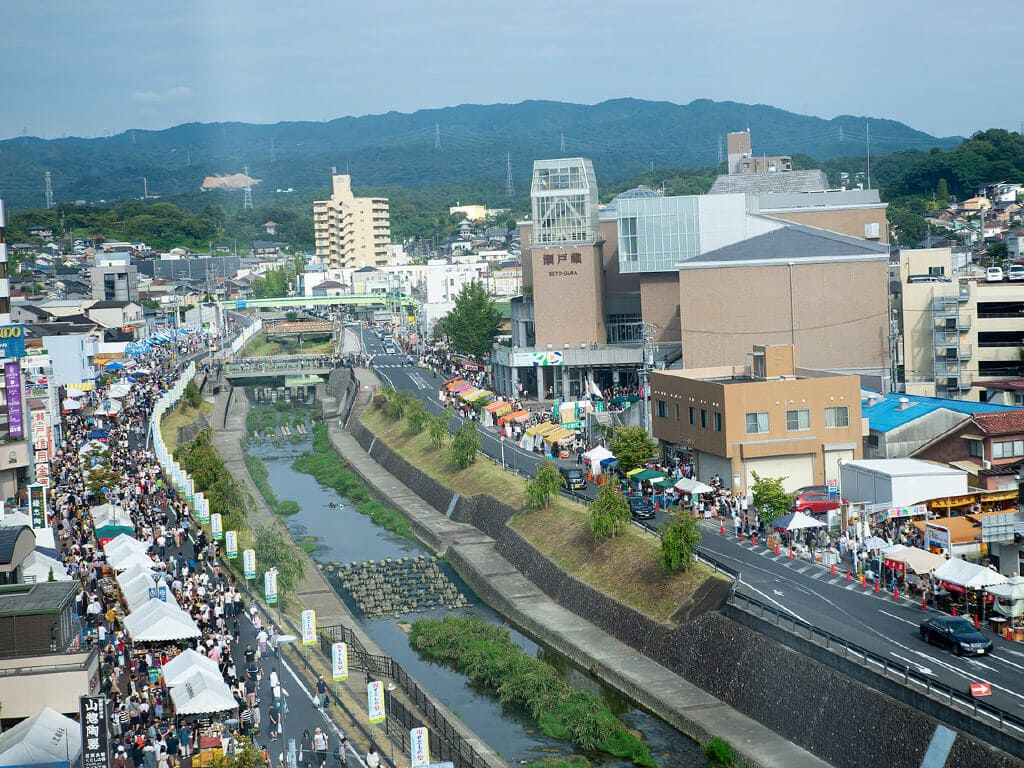
Like Tokoname, Seto has a long history of ceramics and is also one of the 6 historic kiln towns of Japan. To learn more about ceramics in Seto it is best to visit during one of the many ceramics festivals. But even if you don’t visit during those special times, you will find ceramics everywhere in the city…even on walls and bridges!
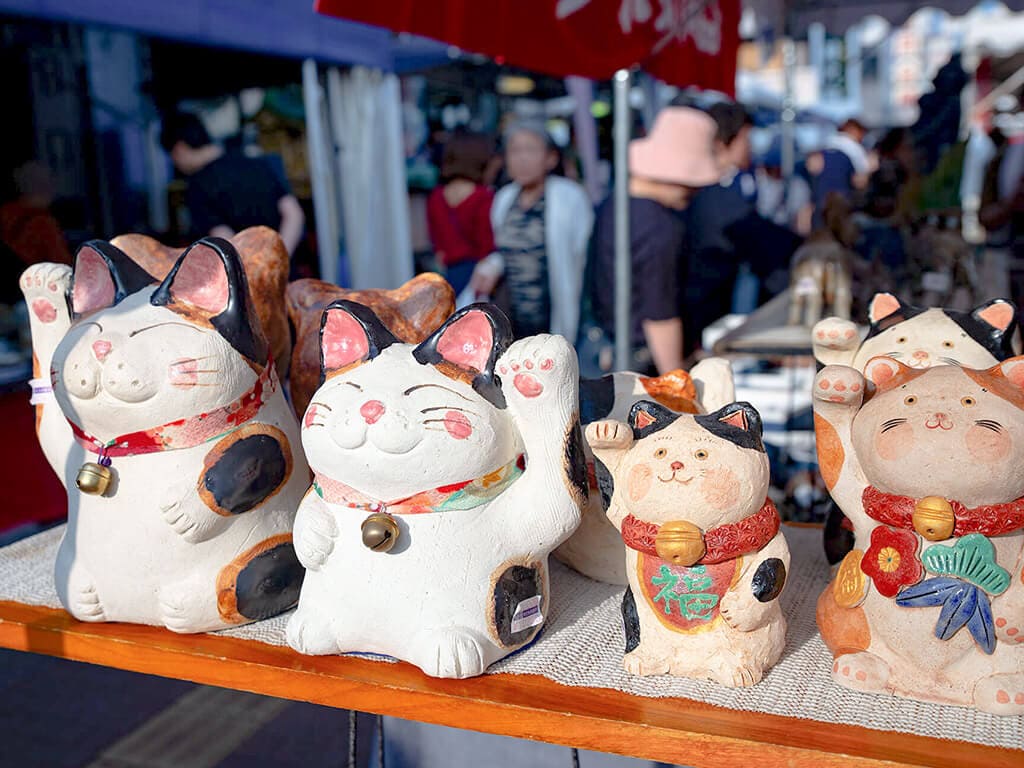
Several museums in Seto are dedicated to ceramics, the best of which is the Seto-gura Museum which has explanations in English. You can also visit the Manekineko Museum, Japan’s largest beckoning cats museum, with thousands of beckoning cats. Here’s a post that includes all you need to know about Seto, The Home of Japanese Pottery and Ceramics.
Seto (瀬戸)
Access: From Sakaemachi in Nagoya, take the Seto Line to Owari-Seto Station. The one-way trip takes 30 minutes and costs 460 yen.
Website | Google Maps
Kiyosu
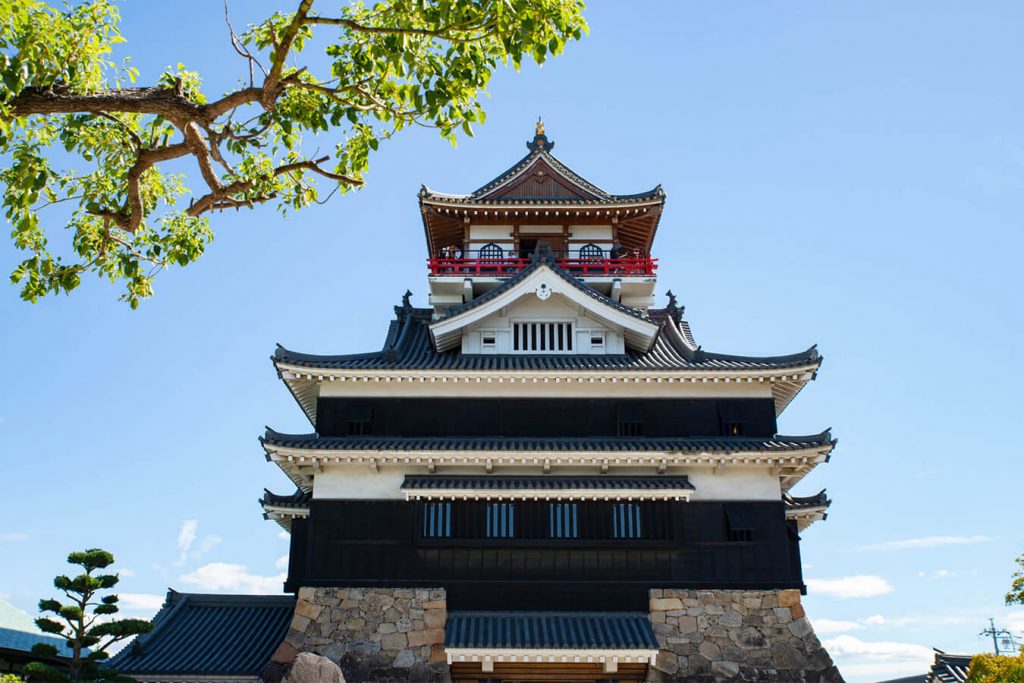
Kiyosu City played an important historical role during the warring states period, with Kiyosu Castle as the seat of warlord Oda Nobunaga. This was before the construction of Nagoya Castle and the founding of Nagoya City. Nowadays you can learn all about the history at the reconstructed Kiyosu Castle.
Kiyosu also happens to be home to the Kirin Beer Factory where you can take a free tour and learn more about the beer production process as well as sample a selection of different beers.
Kiyosu (清洲)
Access: Kiyosu Castle is a 15-minute walk from either Kiyosu Station (JR Line, 7 minutes, 200 yen) or Shin-Kiyosu Station (Meitetsu Line, 10 minutes, 240 yen).
Google Maps
Chita Peninsula
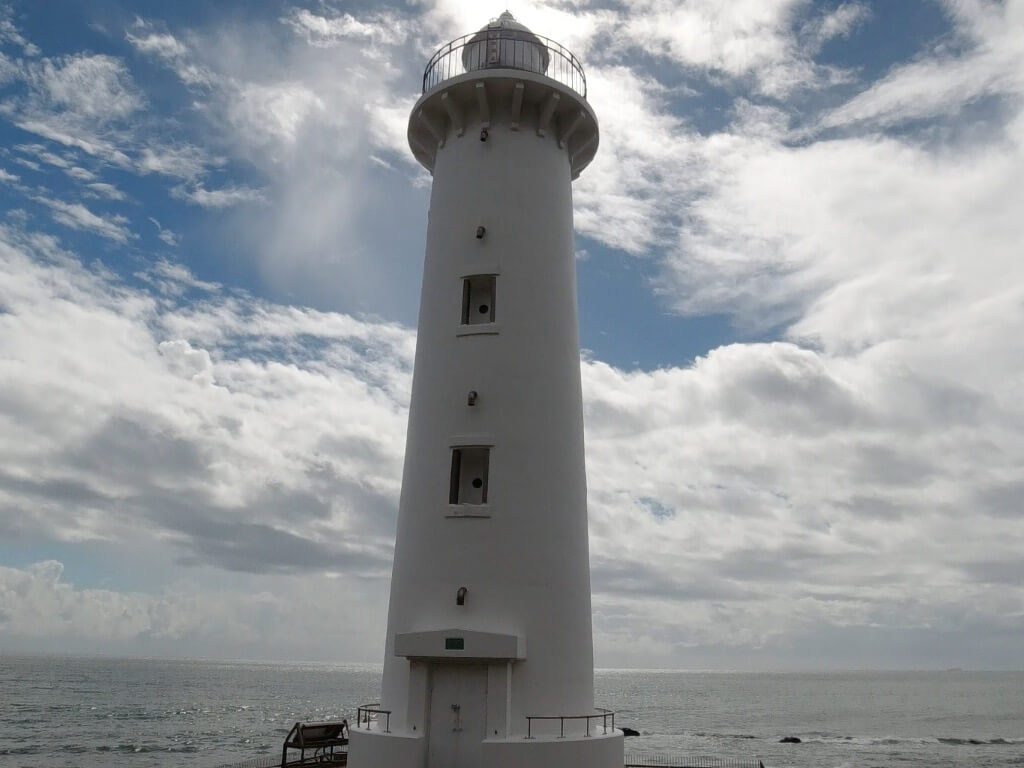
The Cita Peninsula is the western tip of Aichi Prefecture, with a couple of scenic spots spread around the tip. It is best explored by car because the sights are spread far with limited public transport in between.
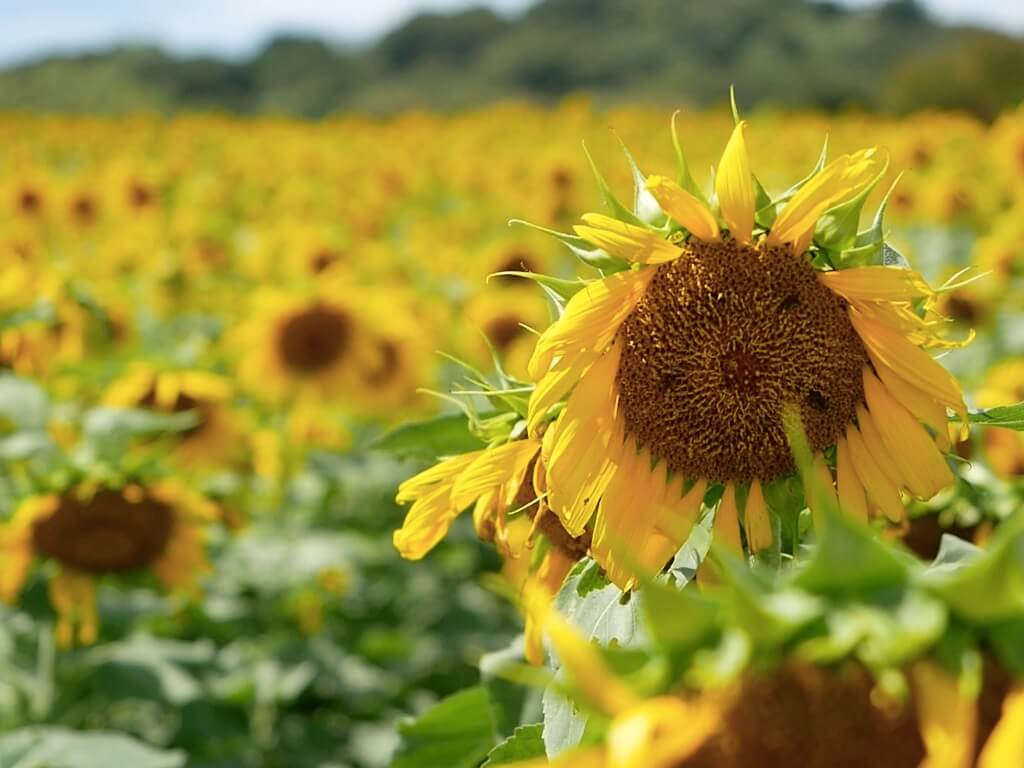
We recommend checking out the sunflower fields of Kanko Noen Hana Hiroba, the Hazu-Misaki Promontory to get a view of the ocean, and the Noma lighthouse and the surrounding beaches.
If you want to try 100 different types of shrimp rice crackers check out Ebisenbei no Sato where you can do just that, and even make your own gigantic shrimp rice cracker for only 300 yen.
Atsumi Peninsula
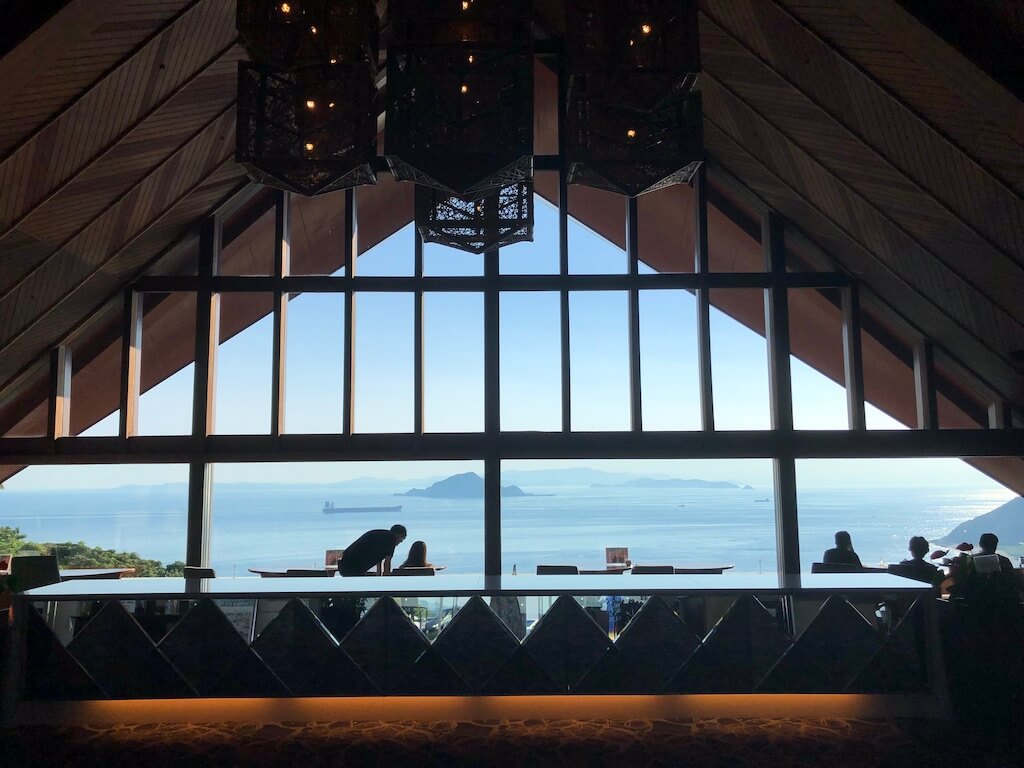
The southernmost point of Aichi Prefecture is the Atsumi Peninsula, it is the eastern tip of the prefecture and is especially famous for seafood.
Irago Misaki, the tip of the peninsula, is a popular photo spot and if you want to get a really impressive view over the bay and the ocean have a coffee at the lounge cafe of Irako View Hotel.
You won’t be able to get to Atsumi Peninsula on public transport so your only option to get there is by your car. It’s roughly a 2.5-hour drive to the tip of the Atsumi Peninsula from Nagoya.
This post was last updated in January 2024.
Although we strive to provide you with the most accurate and up-to-date information possible, please note that changes may occur nonetheless. We recommend you confirm any relevant information such as event cancelations or changes, opening hours, or possible restrictions using a direct source. Please keep in mind that these sources might be in Japanese only.
Did you enjoy this article?
Make sure to also check our other posts about Nagoya and trust us if we say Nagoya is not boring!
Be sure to follow us on Facebook for new articles every week, and see our Instagram for pictures and stories about Nagoya!
Tag us 📲
If you have done any day trips from Nagoya you would like to share, tag us on social media with #nagoyaisnotboring

